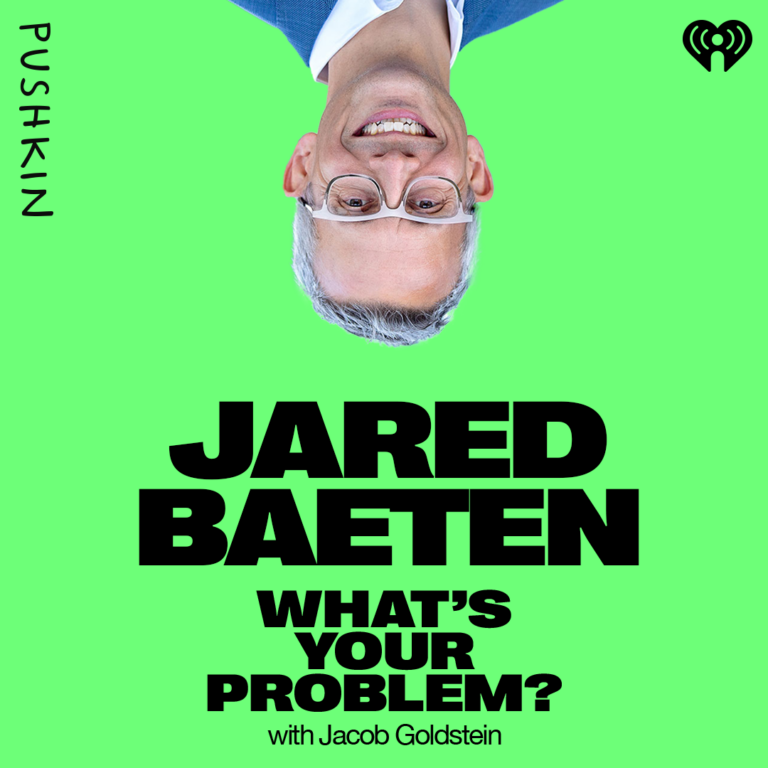Jared Baeten is senior vice president in virology at Gilead Sciences. Jared’s problem is this: In a world without a vaccine, how do you make a medicine that people will actually take to help prevent HIV?
There’s already a daily pill that reduces the risk of getting HIV, but a majority of people who are at high risk are unwilling or unable to take it.
So Jared and his colleagues are developing a new drug, lenacapivir, designed to be given as a shot once every six months.
Note: The views and opinions expressed in this episode are those of the guest and do not necessarily reflect the views or positions of any entities they represent.
Get early, ad-free access to episodes of What’s Your Problem? by subscribing to Pushkin+ on Apple Podcasts or Pushkin.fm. Pushkin+ subscribers can access ad-free episodes, full audiobooks, exclusive binges, and bonus content for all Pushkin shows.
Subscribe on Apple: apple.co/pushkin
Subscribe on Pushkin: pushkin.com/plus
See omnystudio.com/listener for privacy information.

